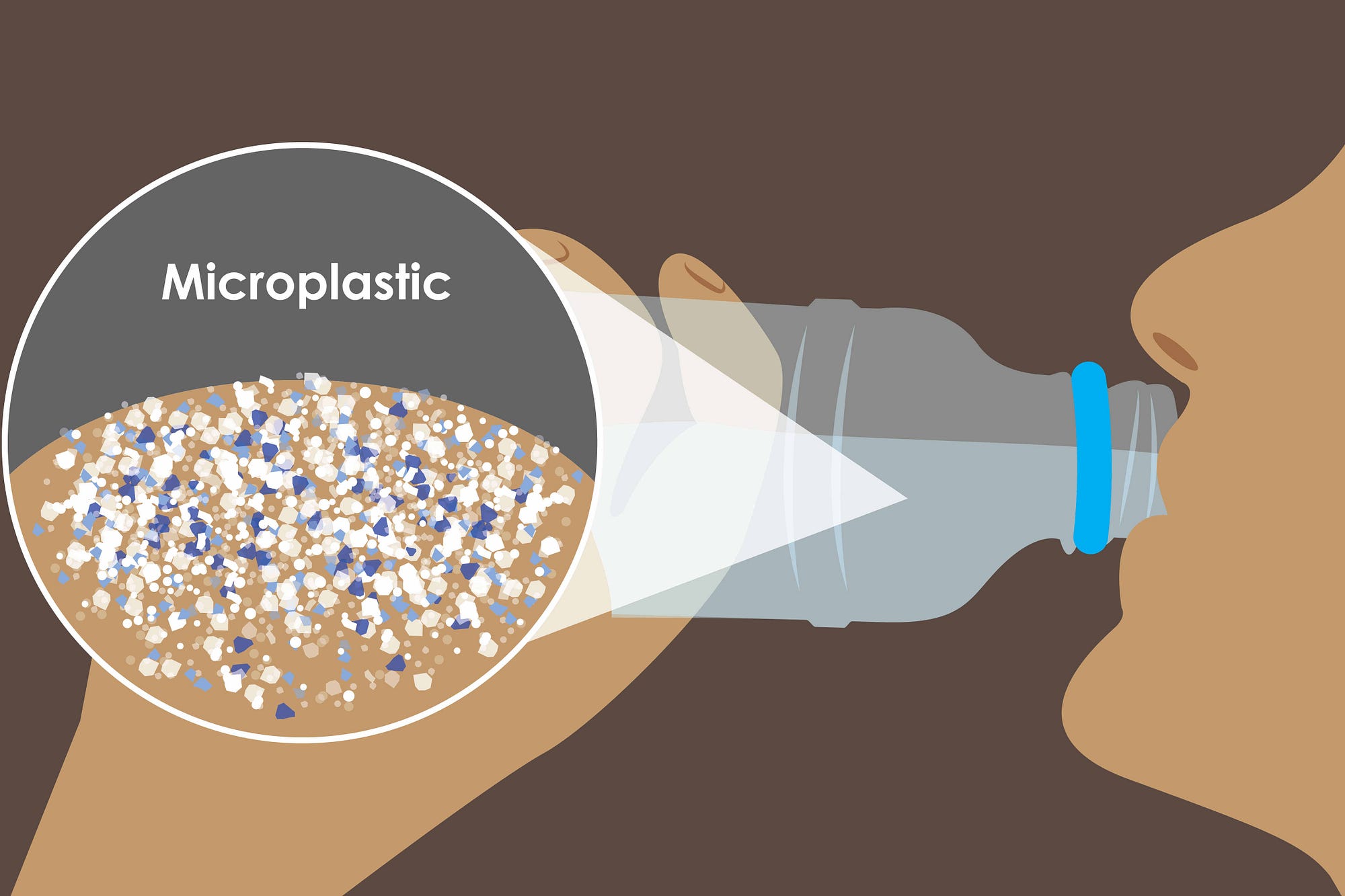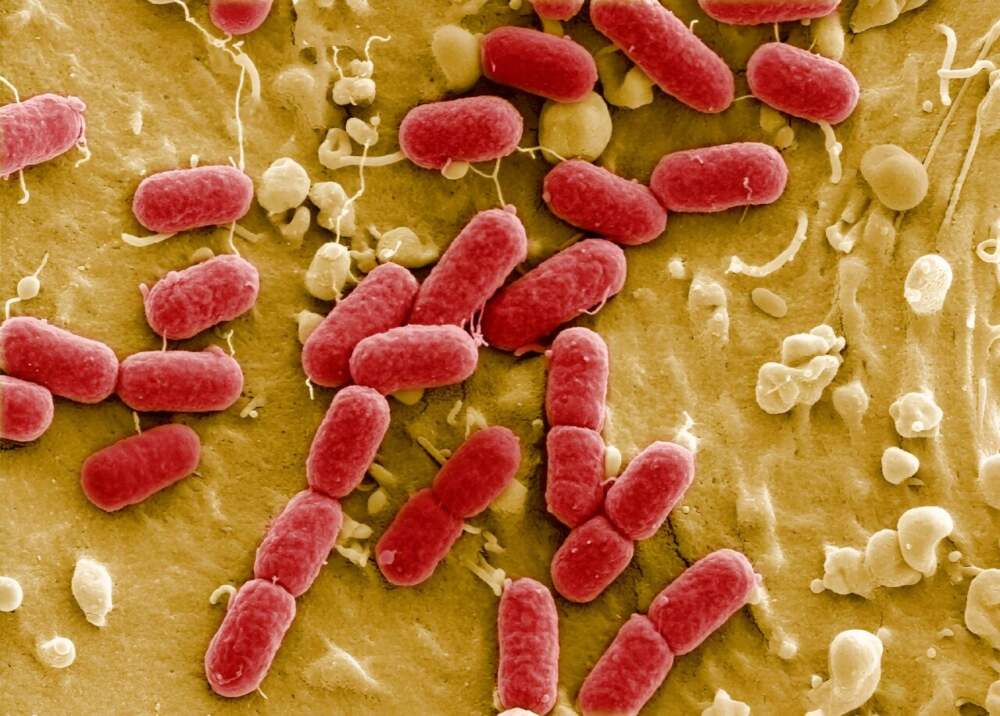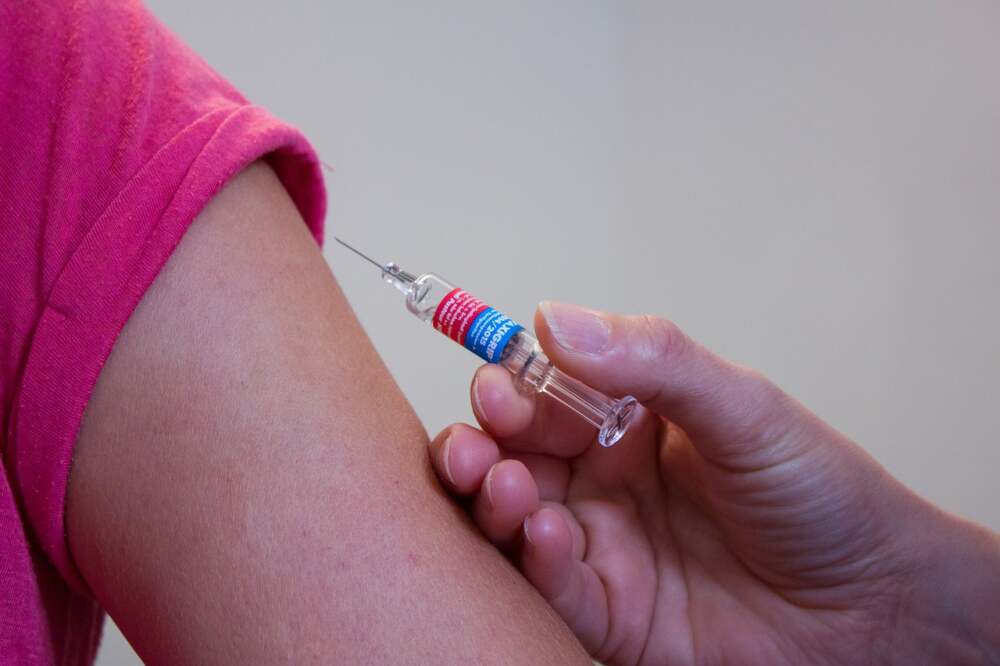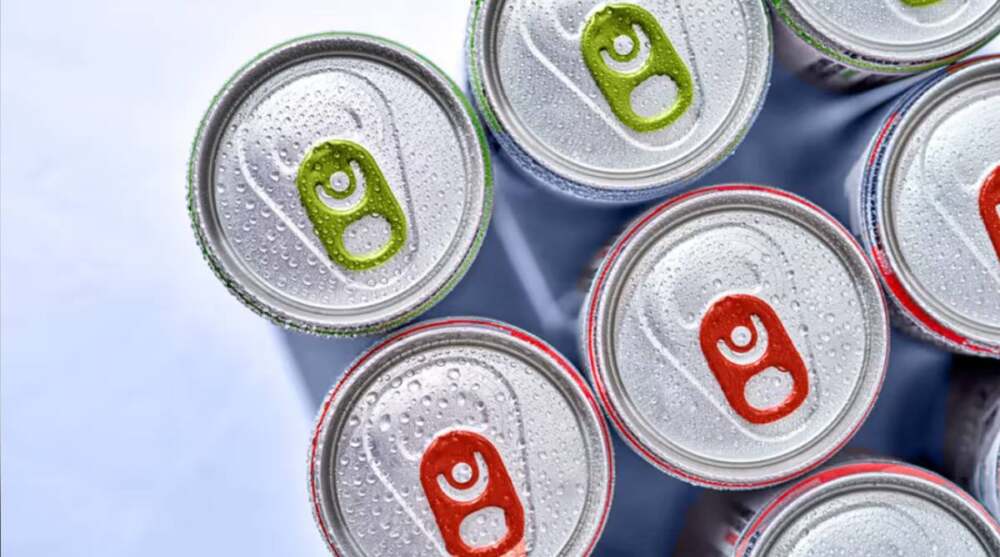Tiny plastic particles, once thought to be harmless debris, are now emerging as a major public health concern. Known as microplastics (less than 5 millimeters in size) and nanoplastics (measured in billionths of a meter), these particles are now being detected throughout the human body—from blood and lungs to the heart, brain, and even unborn children.
How Do Microplastics Enter Our Bodies?
Microplastics are everywhere—in the water we drink, the food we eat, and the air we breathe. They originate from the breakdown of larger plastic items, synthetic clothing fibers, packaging, cosmetics, and industrial waste.
Everyday activities like drinking bottled water, eating processed foods, using plastic containers, and even breathing indoor air expose us to these particles. Recent research shows microplastics have been found in human breast milk, placentas, and deep within organs, raising concern about their long-term effects on human health.
The Health Impact: What We Know So Far
Although research is still ongoing, early findings suggest a troubling connection between microplastics and serious health issues:
- Cardiovascular Risk: Microplastics have been found in arterial plaque, with some studies linking their presence to higher risks of heart attack, stroke, and blood vessel blockages. These particles may contribute to inflammation and instability in blood vessels.
- Brain Health: Nanoplastics have been discovered in human brain tissue. Animal studies show that they can cross the blood-brain barrier, potentially affecting memory, behavior, and cognitive functions. Researchers worry about long-term exposure increasing the risk of neurological diseases.
- Lung and Respiratory Issues: Inhaled microplastics may irritate lung tissue, potentially leading to respiratory diseases and inflammation, especially in urban areas or among people with pre-existing conditions.
- Hormonal and Metabolic Disruption: Many plastics contain chemical additives like BPA and phthalates, which are known endocrine disruptors. These chemicals may affect fertility, weight regulation, and metabolic health.
- Immune System Effects: Microplastics have been shown to disrupt immune responses in laboratory settings, potentially weakening the body’s ability to fight infections or contributing to autoimmune disorders.
Microplastics and Pregnancy
Perhaps most concerning is the discovery of microplastics in the placentas of pregnant women. This means unborn babies are potentially exposed before birth, which could interfere with growth, development, and long-term health outcomes. The full impact of this early-life exposure is not yet known but is considered a critical area for future research.
What Can Be Done?
While completely avoiding microplastics is nearly impossible in today’s world, steps can be taken to reduce exposure:
- Drink filtered tap water instead of bottled water.
- Use glass or stainless steel containers rather than plastic ones.
- Avoid heating food in plastic containers, especially in the microwave.
- Limit consumption of processed and packaged foods.
- Choose natural fiber clothing and reduce reliance on synthetic textiles.
- Improve indoor air quality with regular cleaning and ventilation.
A Growing Global Concern
The presence of microplastics in the human body is not just a scientific curiosity—it’s a global health challenge. While more studies are needed to understand the full effects, the existing evidence is enough to raise serious concern.
As plastic pollution continues to rise, so too will our internal exposure to these particles. This emerging threat demands global attention—not only to better regulate plastic production and waste, but also to invest in cleaner alternatives, stronger research, and public health safeguards.
Microplastics may be invisible to the naked eye, but their potential impact on our health is becoming impossible to ignore.
















Leave a Reply